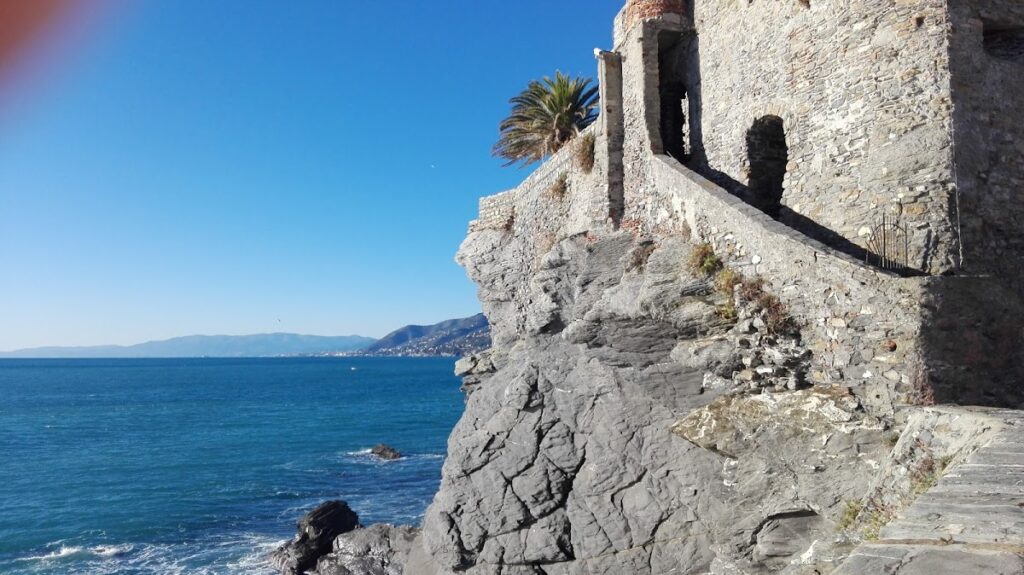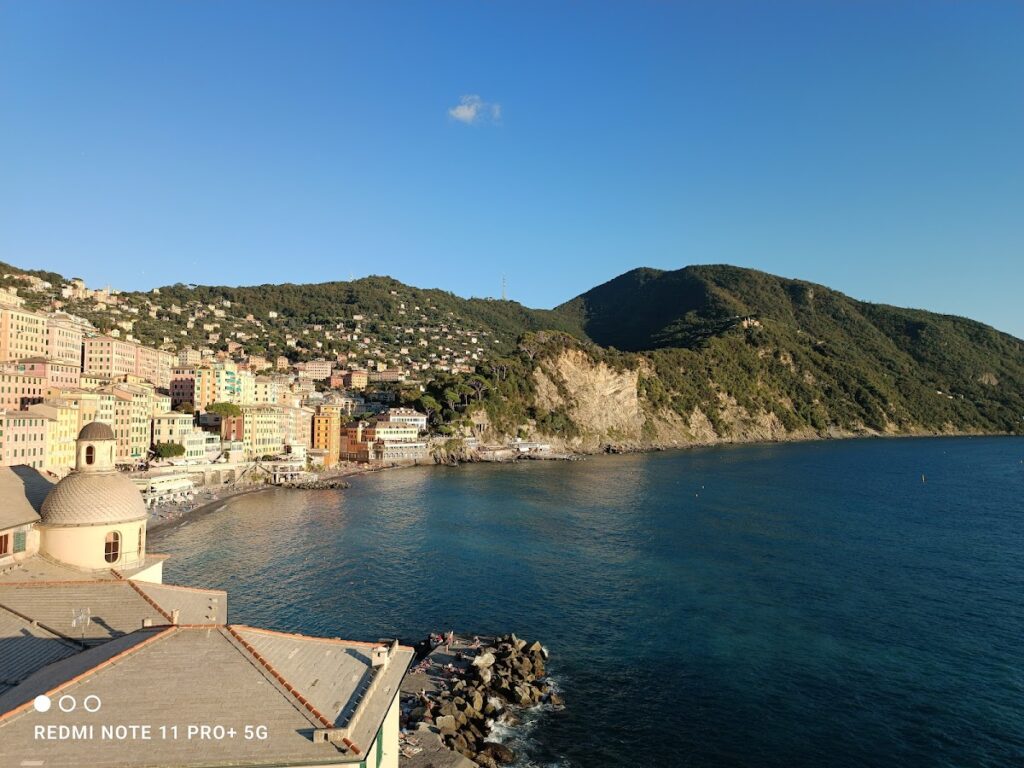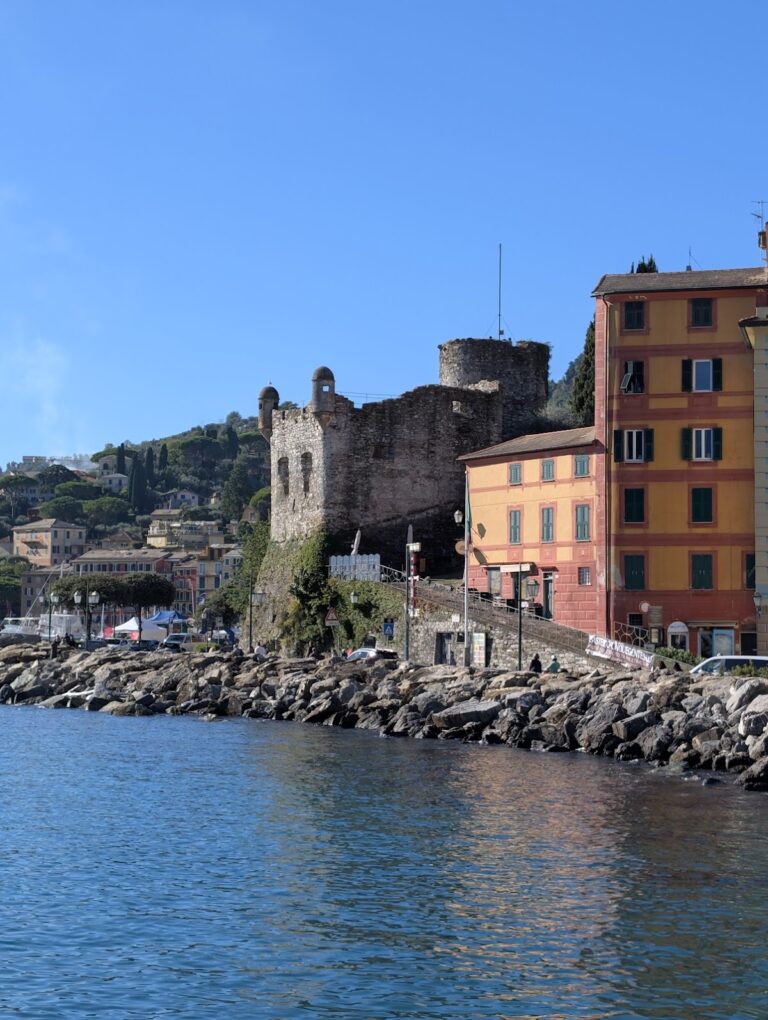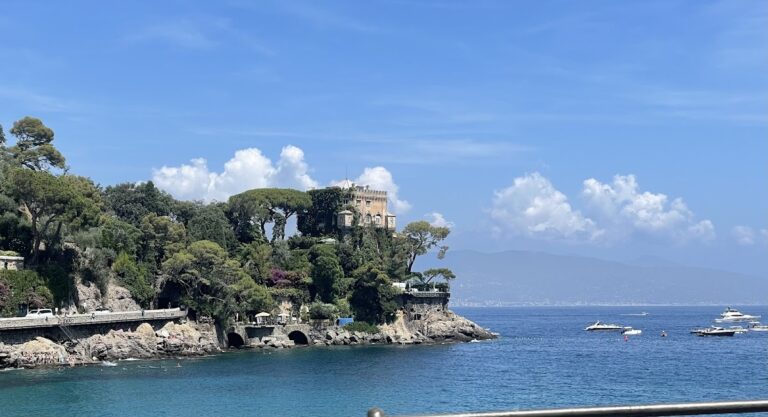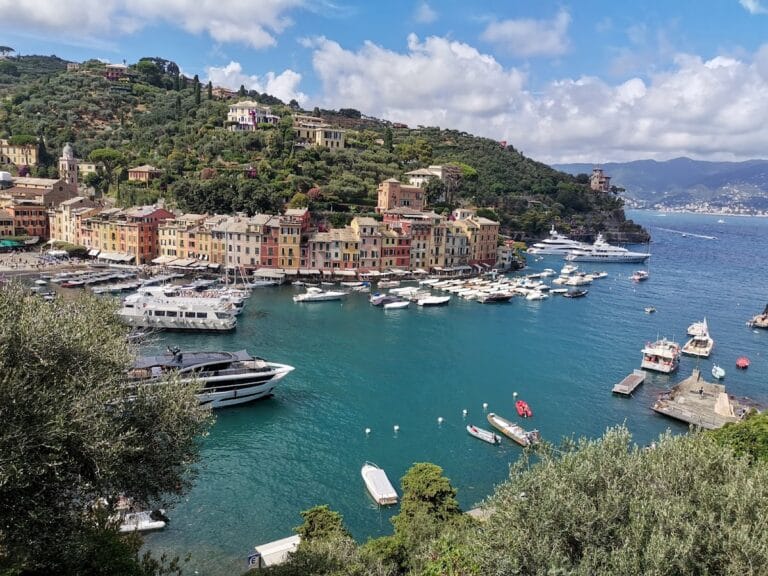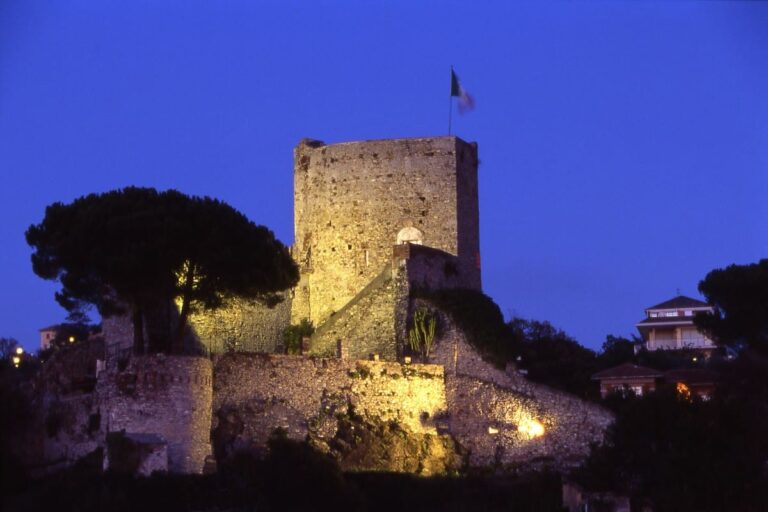Castle della Dragonara: A Medieval Fortress in Camogli, Italy
Visitor Information
Google Rating: 4.5
Popularity: Low
Google Maps: View on Google Maps
Official Website: www.welcomecamogli.it
Country: Italy
Civilization: Unclassified
Remains: Military
History
Castle della Dragonara is situated in the coastal village of Camogli in Italy. It was constructed by the medieval inhabitants of the area, likely in the early part of the 11th century, though the exact date remains uncertain due to incomplete historical records. From its earliest days, the castle served as a defensive fortification, protecting both the settlement of Camogli and the nearby sea routes.
During the Middle Ages, particularly in the 14th century, the castle gained importance as a guarded bastion against external threats. The Genoese Senate supplied it with weapons and reinforced its defenses to safeguard the maritime village. In 1366, the castle faced serious attacks resulting in partial destruction at the hands of forces led by Gian Galeazzo Visconti and Nicolò Fieschi, figures prominent in regional conflicts. Responding to such assaults, the local community undertook extensive strengthening efforts between 1428 and 1430, including significant reinforcement of the adjoining watchtower. These steps reflected ongoing tensions, as Camogli found itself at odds with the Genoese Republic, which was then influenced by the Milanese duchy.
The castle’s vulnerability was further tested in 1438 when Milanese troops besieged and demolished its walls. Demonstrating local resilience, the inhabitants rebuilt the fortifications themselves, incurring expenses recorded at 450 Genoese lire. Later, in 1448, rising hostilities involving Camogli, nearby Recco, and Genoa led the Republic to mandate the castle’s destruction. However, the citizens reconstructed it six years afterward and subsequently transferred control to the Doge of Genoa, the highest official of the Republic. Plans to demolish the structure in 1461 were halted thanks to political negotiations that safeguarded the castle’s existence.
By the 16th century, the castle’s military role had diminished, and it was repurposed as a prison. After centuries of neglect and disuse, it saw restoration in the 1970s. During this period, the interior was adapted to serve as a marine aquarium, showcasing local sea life until the facility was eventually closed and its aquatic collections moved to the Genoa aquarium.
Remains
The Castle della Dragonara occupies a rocky promontory overlooking the sea, a natural position chosen to maximize surveillance and defense of both the village and coastal waters. The complex consists chiefly of a main fortress accompanied by an adjacent watchtower, the latter receiving considerable reinforcement during expansions in the early 15th century, signaling its strategic importance.
The castle’s defensive walls bear witness to multiple episodes of destruction and reconstruction, especially during the turbulent 15th century. Records indicate that the extensive work to rebuild the walls after the 1438 siege required significant masonry efforts, with costs meticulously documented at 450 Genoese lire. The construction reflects medieval techniques suited to coastal fortifications, though specific architectural measurements and ornamental details were not noted.
In the 20th century restoration, significant alterations were made inside the castle to install seawater tanks for marine fauna as part of its conversion into an aquarium. This adaptation altered the interior spaces to accommodate aquatic exhibits while preserving the substantial external masonry and coastal outlook. Photographs from 2023 confirm that the castle’s external walls remain well-preserved, echoing the original stature and defensive purpose of the structure as it stands overlooking the Ligurian Sea.

